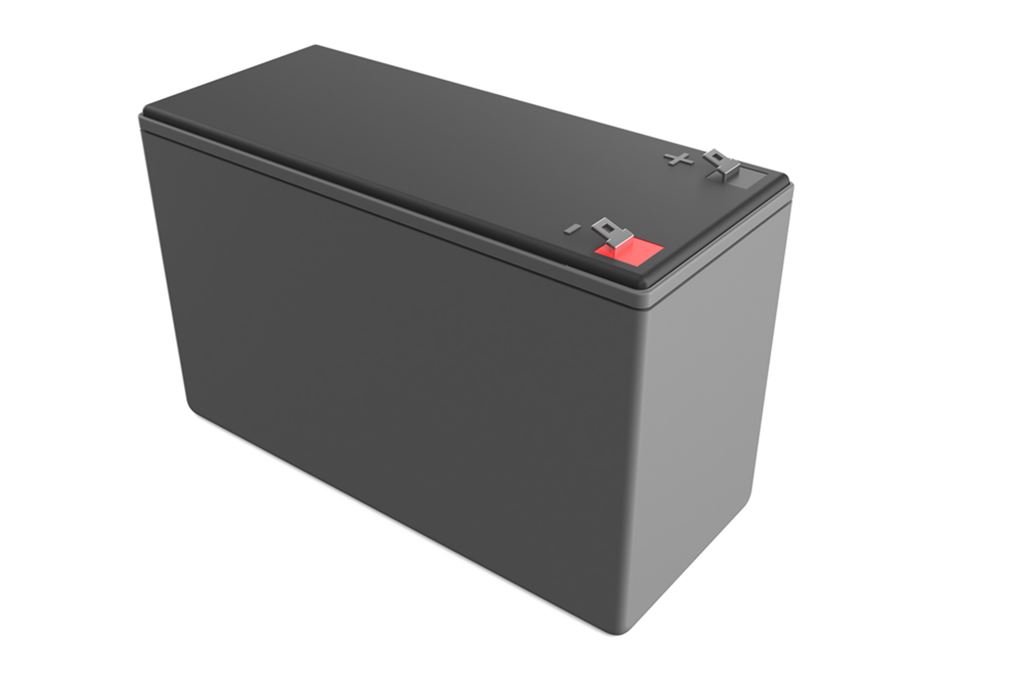How Extreme Temperatures Can Impact a Heavy-Duty UPS System’s Performance
In most applications, UPS systems are stored in climate-controlled environments in order to get the best use out of the system. However, sometimes UPS systems need to move out of their comfort zones and perform efficiently in places with extreme temperatures. For example, systems in the oil and gas field require a UPS to power them and ensure they keep running. The environmental conditions in these places can swing wildly between extreme heat and extreme cold depending on the time of day.
What is the Standard?
Most UPS manufacturers will mention the temperature tolerances on the UPS and provide recommendations for ideal working conditions. A large number of products that are available in the market today have been tested to perform between 0°C to 40°C and that’s not enough, especially during Australian summers where temperatures in uncontrolled environments can easily soar above 40°C.
Aside from manufacturer testing, most UPS systems will also undergo testing designed by third-party companies. These companies subject the UPS to different temperature extremes and analyse the performance of all components, including:
- Electronics
- Displays
- Plastic Cases and Covers
- Circuit Board and included Materials
- Insulation and included Materials
- Batteries
If all of these components withstand a set temperature variation well, you can use your UPS within that range. Most systems might bear some extremes but will deliver optimal and reliable performance if they’re kept in the best range. For example, a decent UPS available in the market today will perform optimally if they’re stored at around 20°C to 25°C. Every ten degrees drop in the temperature from the highest tolerance can double the lifespan of the battery.
Battery is the Most Vulnerable Aspect of a UPS System
Most modern UPS systems, especially those that are under 10kVA will have a VRLA or valve-regulated sealed lead-acid battery. The battery temperature tolerance is similar to the UPS rating so if the UPS can tolerate 0°C to 40°C then the battery will as well. Here’s what you can expect from a typical battery:
- The battery will tolerate -15°C to +50°C during the discharge mode.
- It will tolerate -15°C to +40°C in recharge mode.
- In storage, a battery will tolerate -15°C to +40°C.
- The battery plastic material will bear up to 60°C before it starts to distort and warp.
The temperature variation will have an impact on the battery life and most battery manufacturers will operate under the assumption that you will run the battery in a climate controlled office, home, or computer room at around 25°C. In these conditions, the battery will deliver around 5 years of reliable service.
But if it is forced to operate in 50°C, it can stop functioning after just a year of use. This is because excessive heat can accelerate the chemical reactions within the piece and compromise its ability to hold charge.
If you store the battery without recharging, you’ll still compromise its ability and efficiency. If the discharge drops under 60%, it can cause irreversible damage to the battery and shorten its life. In ideal temperature conditions of 25°C, the battery can be recharged every 12 months. If the battery is stored in above 45°C, it should be recharged every 5 months in order to preserve its efficiency.
As you can see, temperature has a massive impact on the performance of the battery so you should choose the right one for your requirements. If you want to know more about how temperature can affect uninterrupted power supply or our power products and services, don’t hesitate to contact us at KaRaTec Power Supply Pty. You can give us a call at 612 9808 1127. You can also fill in this contact us form and we’ll reply as soon as possible.
Thanks for reading,
Karatec Power Supply Pty
612 9808 1127






